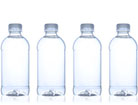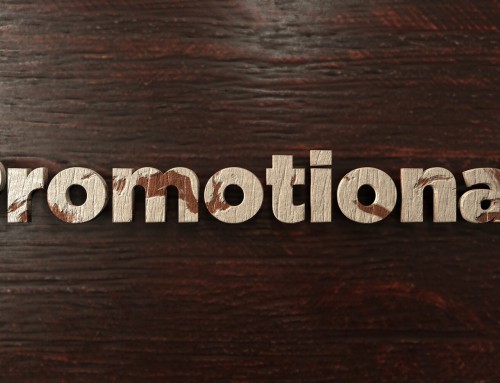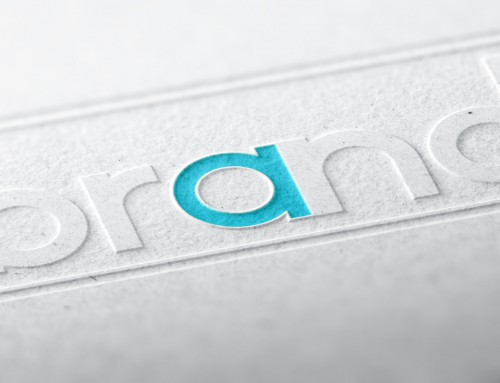According to recent studies, consumers base up to 90% of their instant opinion of a brand on colors alone.
With this in mind, the colors you choose to include in your logos and branding could make or break the success of your business. Fortunately choosing your colors doesn’t have to be a stab in the dark.
By using color psychology in your branding and marketing approach you can secure sales and even start creating brand trust.
So how do you use the psychology of branding to influence your customer perception? Follow along to discover why color in marketing is important and how to choose the right ones.
What Is Color Psychology?
Color psychology refers to the way people respond to color. In marketing and branding, the colors you choose will impact the customer perception and behavior towards your brand. This could either influence customers to choose your brand or sway their preference to a competitor.
Of course, the psychology of branding comes down to many factors and cannot fit into generic emotional responses. Each customer’s perception of colors can be vastly different. This is due to factors such as personal preference, past experience, culture, upbringing, and context.
How to Use Color in Marketing
Because color psychology is not one size fits all, choosing your color in marketing isn’t as simple as following a color chart. You’ll need to consider the specific attributes and goals of your business to choose the perfect color for your branding.
Brand Message and Personality
Consider the specific messaging you want to send to your consumers through your branding. Are you looking to provide comfort and familiarity or are you setting out to bring personality and flair?
If your brand is encouraging people to stand out and be bold, choosing neutral colors may not get the message across. If you are looking to draw attention to your eco-friendly products, choosing earth tones and greens will be more relevant than a bright pink or red.
Customer Perception
Think about the brands that have mastered the art of color psychology. Companies like Cadbury have created such a solid association with color that you’d know the package without even seeing the label.
Pay close attention to the colors that your target audience will have a perception of already. By tapping into your customer persona you can identify what brands they already love and pull influence from here.
By using these colors consistently, you’ll actually be creating brand trust and familiarity. Just like Cadbury, customers will begin to associate your chosen brand colors and feel comfortable with your brand.
Stand Out
The name of the game in marketing is to stand out. Use split-complementary colors to do this by establishing your core or base color palette and accenting it with a triadic color.
By integrating this contrast, you can make your brand stand out from competitors. The contrast can even influence sales-driven actions such as buttons on your website.
The Psychology of Branding
Now that you know the impact that color psychology has on your branding, it’s time to integrate your colors in your marketing and promotions. From building trust to catching attention, choosing the right colors can boost your sales and elevate your success.
Ready to carry your branding colors through to your promotional products? Get in touch with us today to complete your marketing with custom water bottles and master the psychology of branding.










